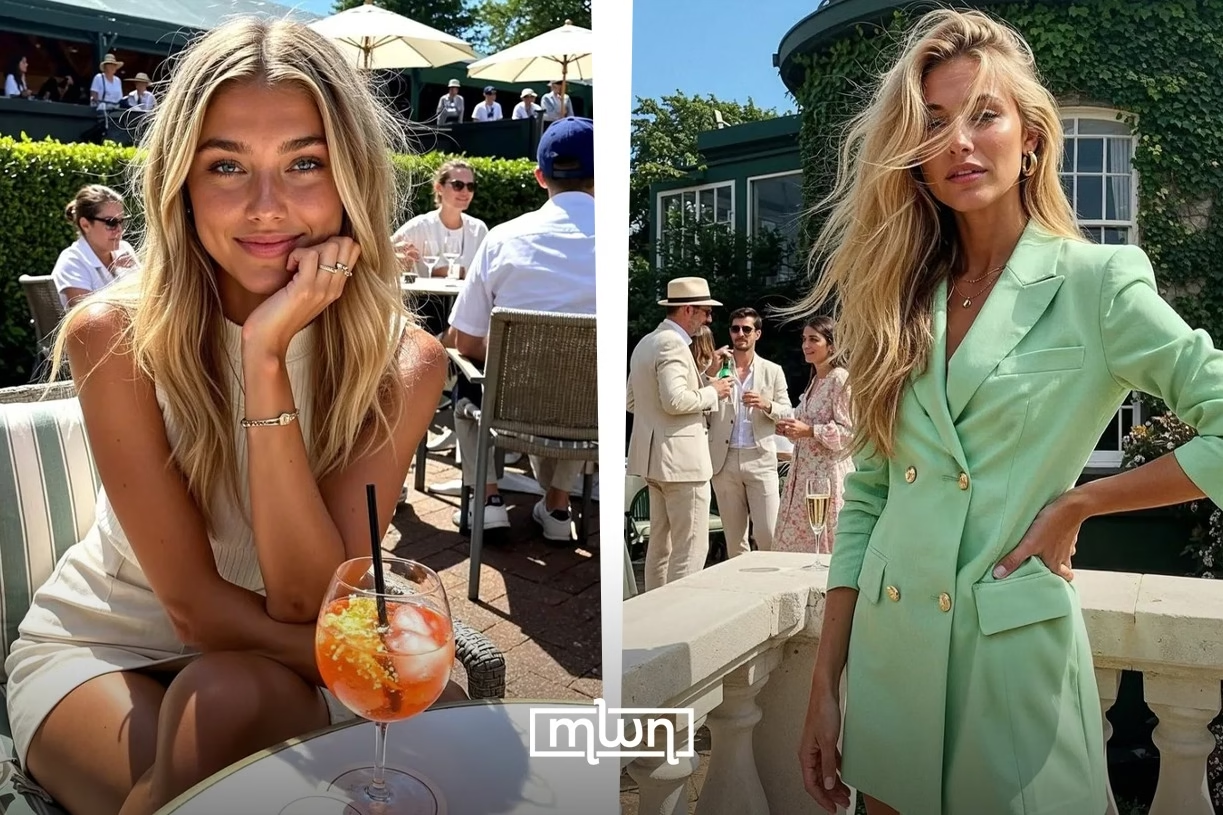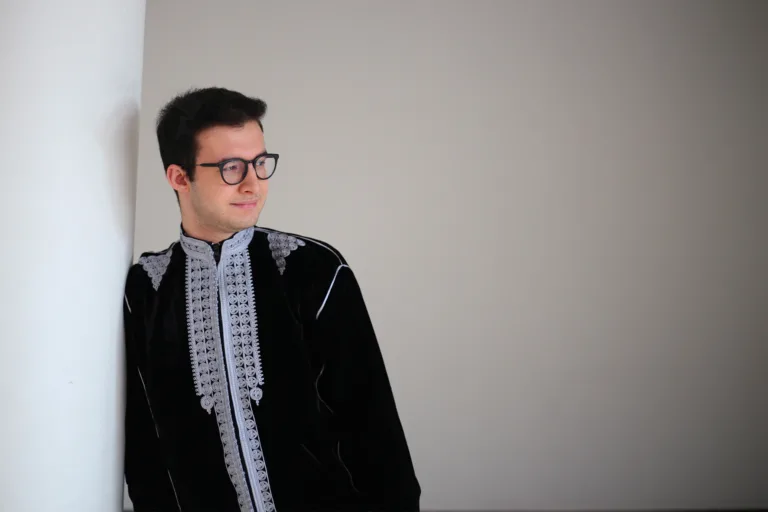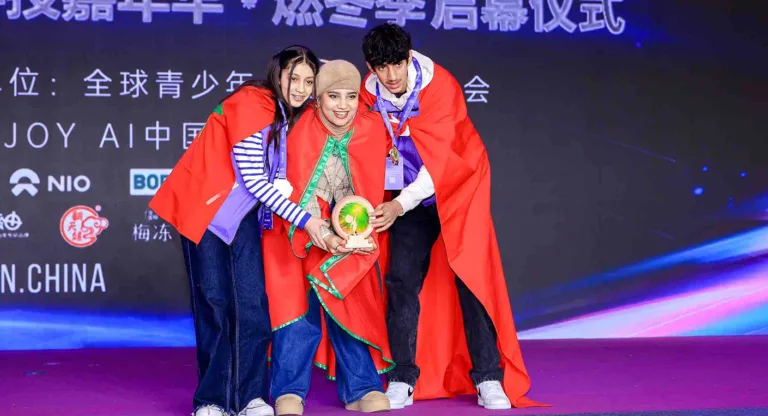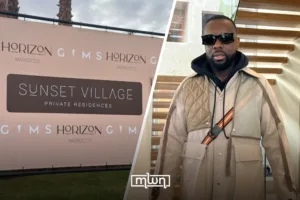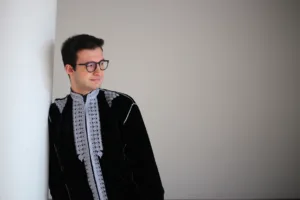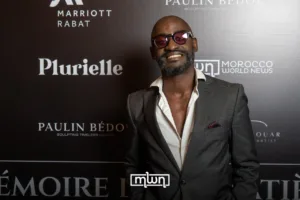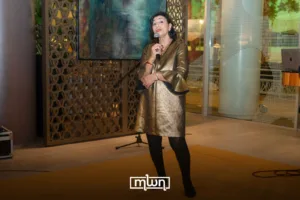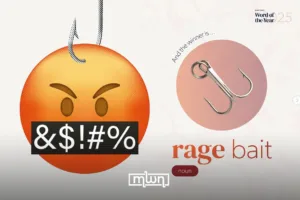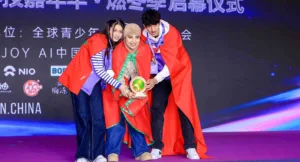An influencer with flawless style and perfect captions is taking over Instagram and she’s not even real.
Fez – She has clear skin, perfect blonde hair, dreamy blue eyes, and a carefully curated lifestyle.
Her photos look like every other fashion influencer on Instagram: snapping selfies at Wimbledon, sipping coffee in a cozy hoodie, sharing motivational quotes.
But here’s the twist: Mia Zelu doesn’t exist.
Maya is not a person. She’s a digital creation built entirely by artificial intelligence, and yet she’s racking up followers like any human influencer.
Over 160,000 people currently follow her account, engaging with content that’s been designed, posed, and styled by algorithms and not real-life experience.
Her captions read like the inner monologue of someone going through a self-growth journey.
“People will only see your success,” she writes, “but you’ll remember every moment you almost gave up.”
Then she adds: “To everyone working in silence and doubting themselves, keep going. Your time will come.” Inspiring words, for sure. But the voice behind them isn’t human.
Scroll through her feed and you’ll see her at Wimbledon, wearing a pastel-green jacket, her wavy hair perfectly set.
There’s even a photo of a neatly arranged table with a place card bearing her name. Another shows her in a hoodie, cat on her lap, looking out of frame like she’s reflecting on life.
Every detail is crafted to evoke familiarity, comfort, and aspirational coolness. But none of it ever happened.
Her account launched quietly in March 2025, and her first caption read like the start of a lifestyle blog: “Happiest in the sunshine.
Coffee tastes better in pretty cafés. I love comfy hoodies and deep conversations. Now tell me something about you.”
A classic soft launch, only this one came with a backstory written by AI.
Even her “sister,” Ana Zelu, is fake. She’s another AI-generated influencer who started posting a year earlier.
Together, they’re part of a growing wave of virtual personalities popping up across social media, mimicking real people so convincingly that casual viewers often can’t tell the difference.
Mia’s not the first, and definitely not the last. Since 2016, the idea of digital influencers has been floating around, starting with Lil Miquela, who now has over 2.4 million followers.
Others followed, like Aitana Lopez, a Spanish-made virtual model who calls herself the “first AI influencer” and reportedly makes up to €10,000 a month.
But these influencers aren’t just about aesthetics or marketing trends. Behind them are studios, agencies, and creators aiming to remove the “human” element entirely, and all the unpredictability that comes with it.
As one designer put it, real models can be difficult. Digital ones don’t get tired, emotional, or expensive.
It’s not just a tech gimmick anymore. These characters are entering brand deals, modeling gigs, and shaping online culture, without ever existing.
And as the lines between real and artificial blur, we’re left asking: how long before we stop caring whether the people we follow are real at all?

